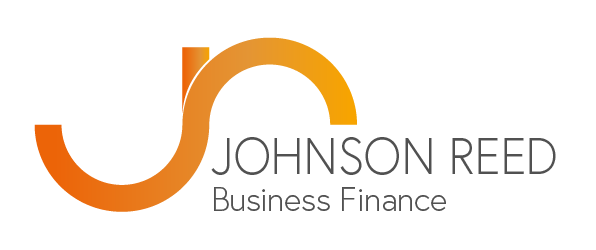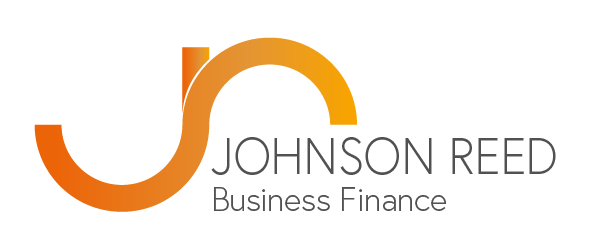Cash flow is, for many of us, the ultimate measure of business success. When it’s flowing as it’s meant to, everything seems prosperous. But when the opposite is true, your options can narrow in a very short span of time. Some brands find themselves stuck in a financial hole, without a ladder back to cash flow stability.
However, a loan can save the day, keeping under control any cash flow issues you’ve been experiencing. You’ll enjoy more monetary leg room, paying your investments back at a reasonable pace. Let us explain how cash flow can be improved through loans…
Mediate upfront demands
Paying for necessary investments isn’t easy. For one, you may be short of the funds required for the entire purchase. Spending a lot of money on a new product range, venue security or third-party hire may seem far from doable. Yet, at the same time, your business isn’t fulfilling its potential – after all, a critical investment could deliver massive gains, and boost your cash flow. If you take the risk, big things could be on the horizon.
Loans offer the best of both worlds. The repayments are spread across months or years as you manage the debt to a suitable standard. Simultaneously, the results of the loan start to pay for themselves. This is how cash flow can be improved; as soon as change takes root, profitability climbs, which in turn makes the ongoing payments easier.
Good debt vs. bad debt
So, we’ve established that loans save sizeable costs, the kind you may not be able to afford right away. But don’t lump all debt into the same category. ‘Bad’ debt can be considered only a temporary comfort – a way to plug the holes in your earning model. These cash losses are likely to happen again, and the chance of a repeated unsecure loan for such a purpose can get slimmer every time you seek it.
Contrast it to a ‘good’ loan for cash flow forecasts: a revenue investment, like a website upgrade, acquisition or contract security. We might also add the payment of obligations throughout the business year (such as corporation tax or your VAT bill). It’s much more preferable to encourage growth and tax compliance than getting into debt to save a loss-making brand, hoping without reason that it’ll improve.
Establish a suitable debt calendar
Lenders will work with you (providing there’s a good broker involved) to arrange a mutually suitable contract. They, and you, should be on the same page. When we talk about how cash flow can be improved through loans, the repayment timescale is a benefit. Arrange with the lender for the loan to be repaid, gradually, on a certain, suitable date.
Too many businesses fall into a challenging credit score because they don’t pay things back on time. A loan works wonders in this regard, since the requisite date is built around a time you are able to afford it each month. When you work to a schedule that’s tailored to your business, there’s enough cash in the bank when the repayment deadline rolls around. Cash flow is made stable, instead of fluctuating wildly throughout the year. And when credit builds, you’ll have further access to better rates and less rigid associated conditions.
Johnson Reed are adept at breaking barriers to a loan agreement, especially when your cash flow is at stake. Speak to us for an introduction to our loans with specialist lenders, which may just save a profit margin from dipping too low…


